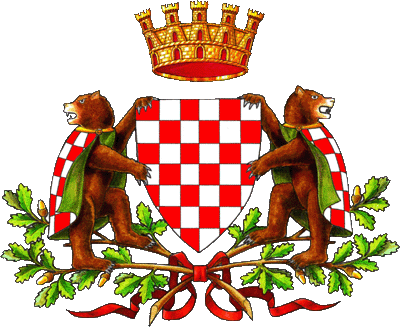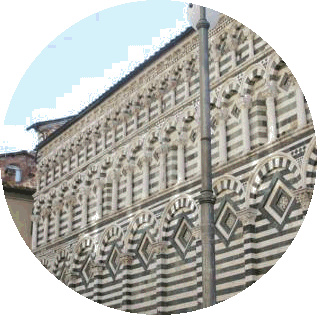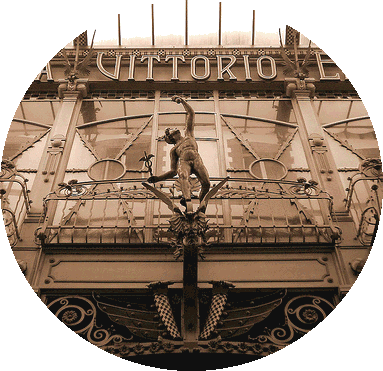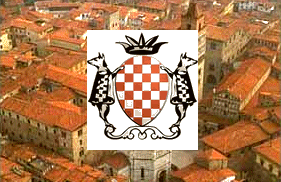Surrounded by
walls of ‘300, Pistoia has Roman origins (“pistoria”). With the commun
formation in 11th century the city lives its most gloriuos years; the
apix in fact, is reached on ‘200, thanks to the city enrichment and
extension, that lasted until 1306. In this year Pistoia was stopped in
its extension from Florence and Lucca.
Only after the second half of ‘800, Pistoia started again its growth
beyond the ancient walls.
Recently city’s development has been characterized from that industrial,
artisan and agricultural.
Dome Square, surrounded by medieval buildings that compose a suggestive
architectural square, is the artistic and historical centre of the city.
The Dome, built in Romanesque style, has ben erected in 12th and 13th
century. Many artists of the time had take part to its decoration. The
Sacristy is even mentioned in one of Dante masterpieces, “ The Divine
Comedy”.
Besides in
the same square you can visit the Bapsistry, a Gothic building of
octagonal form, started in 1337 by Cellino di Nese, then “Palazzo dei
Vescovi” (Bishops Palace), seat of S. Zeno Museum (where there is a
valuable collecting of church ornaments and vestments, goldismith’s art,
silverwares and manufactures of the Dome) and “Palazzo del Podestà” (Podesta
Palace), that today is a tribunal.
Important to visit are also S. Francesco and S. Andrea Churches. On the
inside of the latter is the famous pulpit by Giovanni Pisano, one of the
masterpieces of 12th and 13th century.








